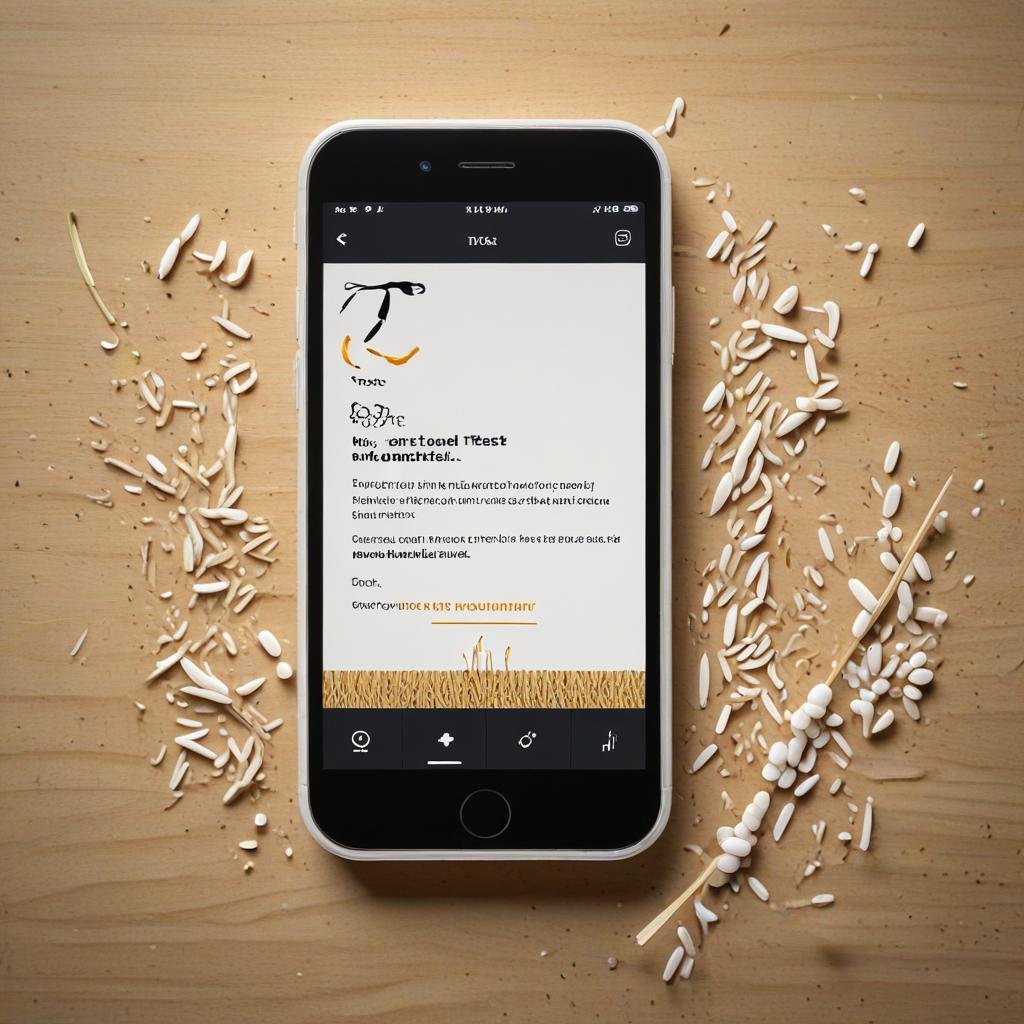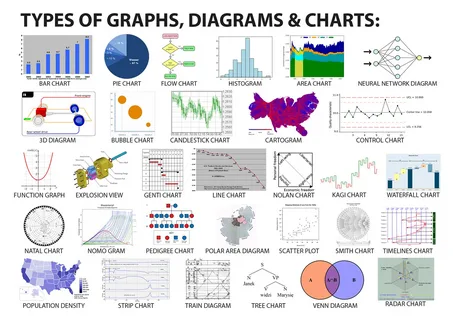The Rice Purity Test, a popular online quiz that measures a person’s innocence or “purity” based on a series of questions about their personal experiences and behaviors, has become a ubiquitous part of digital culture among young adults. But how did this test originate, and what controversies surround its use? In this article, we will explore the evolution of the Rice Purity Test from its origins at Rice University to its current status as a widely shared online quiz. We will delve into its cultural impact, controversies, and how it reflects changing attitudes towards personal experiences and societal norms among young adults.
Tracing the Roots of the Rice Purity Test
Originally developed in the 1930s by students at Rice University, the Rice Purity Test started as a bonding experience among freshmen. Designed to help students measure and discuss their ‘purity’ over a range of activities, the test was quickly embraced within the campus community. Initially, it served more as a self-reflective tool, offering a light-hearted way for peers to connect and share experiences. Its foundation lies in the curiosity and camaraderie of student life, aiming to bridge gaps between individuals through shared disclosures. Over decades, it naturally evolved from an informal university tradition to a broader cultural phenomenon, riding the wave of digital transformation into the realm of online quizzes. This progression from a localized university activity to a widely recognized online experience underlines the test’s enduring appeal and adaptability, reflecting its deep roots in the collective social experience of young adults.
The Digital Evolution of the Rice Purity Test
The transformation of the Rice Purity Test from a paper-and-pencil questionnaire to a clickable, shareable online format marks a significant milestone in its history. This transition was facilitated by the burgeoning power of the internet and the explosion of social media platforms during the late 20th and early 21st centuries. Online platforms not only made the test more accessible to a global audience but also introduced an element of interactivity and immediacy that paper versions could never offer. Participants could now instantly calculate their scores, compare results with friends, and even discuss their reactions and reflections in real-time through forums and social media groups. This ease of use and the potential for widespread sharing turned the Rice Purity Test into a viral phenomenon, illustrating the profound ways digital technology can amplify traditional social activities into broader cultural dialogues.
Cultural Impact and Societal Reflections
The Rice Purity Test serves as a mirror, reflecting changing societal norms and attitudes toward personal milestones among young adults. By covering topics that range from innocent firsts to more mature experiences, it encourages a broad spectrum of personal introspection. As individuals navigate through the questions, they’re prompted to confront their experiences in relation to the evolving moral and social landscapes they inhabit. This not only sparks discussions about the diverse range of behaviors considered “normal” or “acceptable” in different social contexts but also fosters a deeper understanding of personal ethics and societal expectations. Furthermore, the test acts as a cultural artifact, offering insights into how digital age youths negotiate their identities amidst the backdrop of shifting societal values. Its continued relevance and popularity underscore the ongoing dialogue about morality, acceptance, and the quest for belonging in an increasingly complex social fabric.
Controversies and Criticisms of the Rice Purity Test
Despite its playful origins and widespread popularity, the Rice Purity Test has not been without its detractors. One primary concern centers around its potential reinforcement of purity culture, inadvertently suggesting a moral valuation tied to the experiences—or lack thereof—outlined in the test. This aspect has led to debates on whether it inadvertently shames those with fewer “pure” answers, creating an unrealistic benchmark for personal experiences. Furthermore, the test’s binary perspective on complex issues like sexual experiences and substance use fails to capture the nuances of individual choices and societal pressures. Such simplifications risk normalizing a narrow view of acceptability, marginalizing those who fall outside these parameters. Additionally, there’s concern over privacy, as sharing scores publicly can expose individuals to unwarranted scrutiny or judgment, raising ethical questions about the intersection of personal disclosure and online culture.
The Rice Purity Test in Contemporary Digital Culture
The Rice Purity Test thrives within the ecosystem of modern digital interactions, particularly among young adults. Its transition to an online format has solidified its status as a social phenomenon, with users eagerly posting scores on various platforms, from Twitter to Reddit. This practice of sharing and comparing results fosters a digital community, where discussions about the test often lead to broader conversations about life experiences, societal expectations, and personal growth. The nature of these interactions—sometimes supportive, sometimes competitive—highlights the role of digital spaces in shaping how young people engage with concepts of morality and identity. Moreover, the ease with which scores can be shared underscores the fluidity of privacy boundaries in the digital age, prompting users to navigate the line between public persona and intimate self-disclosure. Through its presence online, the Rice Purity Test not only continues to spark curiosity and dialogue but also serves as a lens through which the interplay between digital culture and personal identity can be examined.
Looking Ahead: The Future of the Rice Purity Test
As society continues to navigate the shifting sands of digital interaction and self-expression, the trajectory of the Rice Purity Test poses intriguing questions. Its adaptability to online culture has cemented its role among young adults, yet it’s vital to ponder how it will morph with changing digital landscapes and societal norms. Will it maintain its playful spirit while fostering inclusivity and nuanced understanding, or will it become a relic of past attitudes? It’s crucial for future iterations to address critiques regarding oversimplification and purity culture, ensuring it evolves into a tool that celebrates a wider spectrum of experiences without judgment. As we move forward, the test could serve as a platform for open dialogue, challenging users to consider the diversity of human experiences and encouraging a culture of empathy and acceptance in an ever-connected world.










